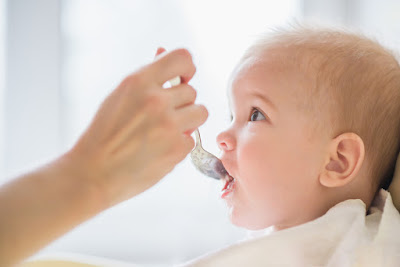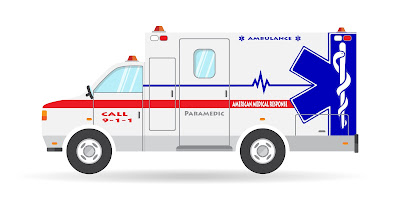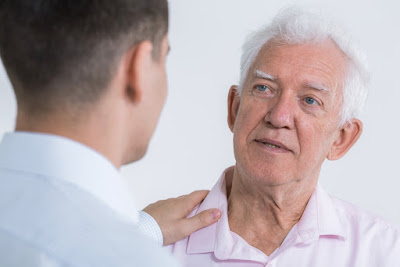 |
| Photo credit: Shutterstock |
As Baby Boomers reach their
elder years, an unmet need is reaching critical mass: What happens when senior
citizens get to the point in their lives when they need extra help? How do you
navigate the maze of possibilities for assisting your elderly relatives—in-home
care, retirement communities, assisted living facilities, memory care
facilities, full-staff nursing homes—and find the right option for your senior
family member?
Fortunately, there are
services that can help. Elder care referral services can help you navigate the
ball of confusion and find the best possible place for the elders in your life.
A Place for Mom
Probably the best known
among elder care referral services, A Place for Mom has received endorsement
from no other than author, journalist, and TV host Joan Lunden. It has also
received funding from a number of private equity firms, including General
Atlantic and Silver Lake.
“A Place for Mom sits at the critical intersection of
a number of exciting trends across the information technology and healthcare
sectors, including the continued shift in consumer research from offline to
online channels,” said
Anton Levy, General Atlantic Managing
Director and Head of Global Internet & Technology.
A Place for Mom’s
advisors provide referrals for an array of services from in-home caregivers to
memory care facilities. It serves the entire U.S.
Eldercare Consulting
Patricia Throop founded
Eldercare Consulting in 2006 after dealing with the many complexities of moving
her elderly mother to Seattle. After she connected with the best professionals
in the industry and built a network of trusted vendors, Throop’s organization
opened for business in 2010. Eldercare Consulting provides a free one-hour
consultation to identify the challenges people are facing when locating elder
care services in their area and to connect them to organizations and people
that can help. Eldercare assists not only with arranging care but also with
connecting people to trusted professionals from yard workers to elder law
attorneys. Eldercare Consulting also serves the entire U.S.
First Choice Advisory Services
Founded in 1993, First
Choice Advisory Services serves six metro areas in the Pacific Northwest. The
company provides personalized referrals for senior housing, senior care, and
in-home care services. They also provide assistance with the sale of the
elder’s home and even with moving to a facility, whether that’s a retirement
community, assisted living facility, or nursing home. A free consultation
begins the process, and once the care advisor has found out what the client’s needs
are, they help to locate appropriate elder care options. First Choice offers a
complimentary printed resource directory as well.
How are these companies funded? Typically through fees paid
by care facilities and in-home care organizations once arrangements are
successfully made through the companies. Typically, these services require that
care facilities or in-home care be paid by private funds or long-term care
insurance benefits rather than Medicare or Medicaid. Veterans’ benefits can also provide funding
for elder care services.
Have you used an elder care referral service? How did it work out for you? Please share your experience in the comments!
Have you used an elder care referral service? How did it work out for you? Please share your experience in the comments!











